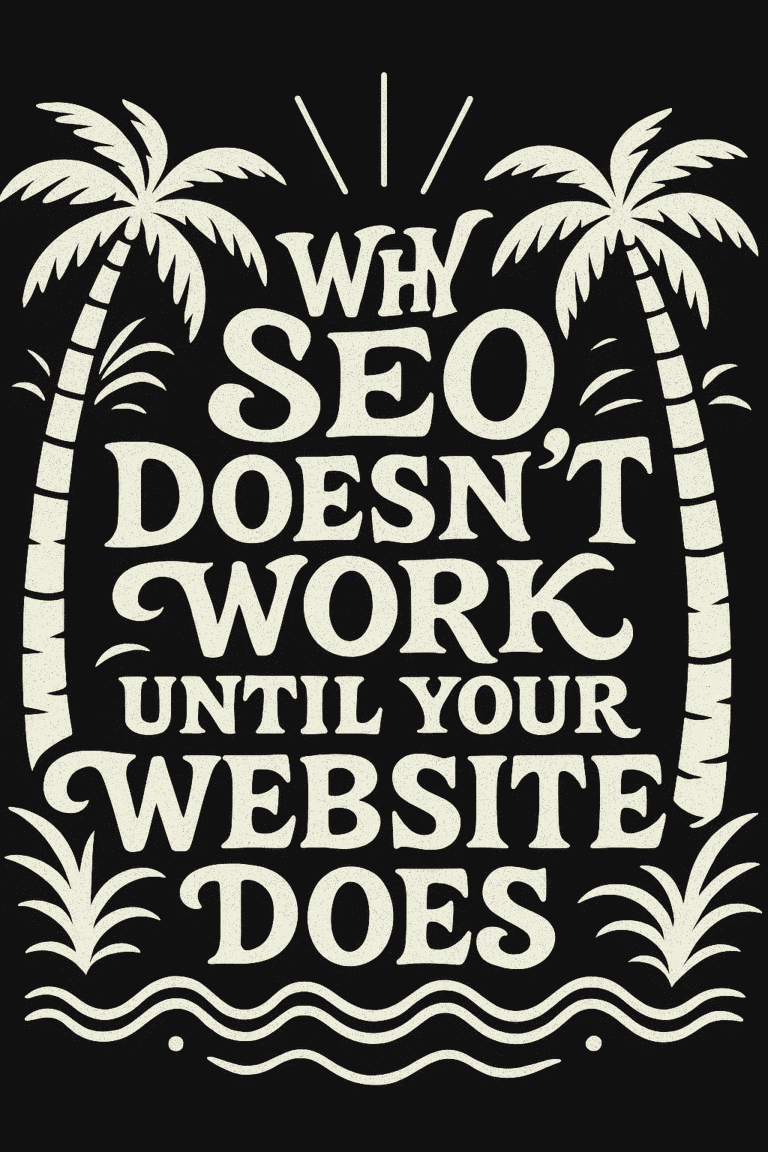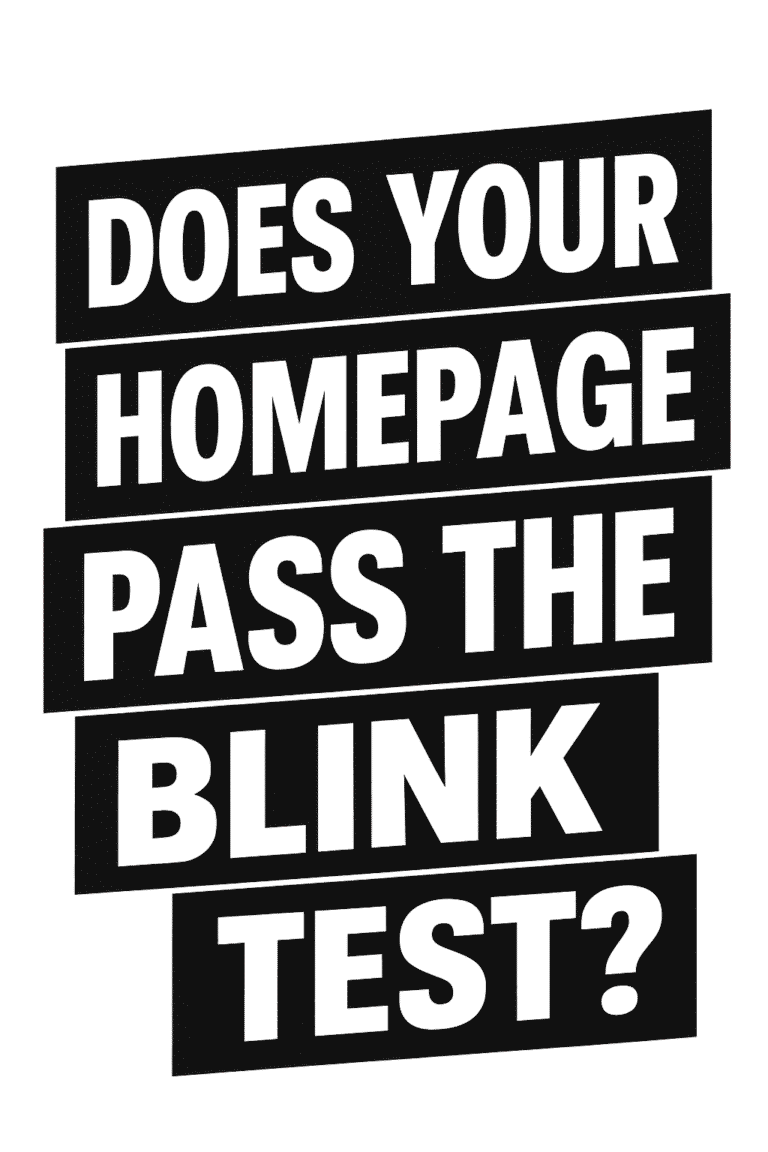
In the bustling world of eCommerce, where online shelves are lined with endless options, the power of a well-crafted product description cannot be overstated. It’s not just a bundle of words; it’s the bridge that connects your product to your customer, playing a pivotal role in turning browsing into buying. A compelling product description does more than just describe; it persuades, informs, and engages, making it a crucial tool in your online sales arsenal.
The purpose of this blog post is simple yet significant: to arm you with actionable tips and strategies for creating product descriptions that not only capture attention but also drive sales. Whether you’re a seasoned eCommerce veteran or just starting out, these insights will help you transform the way your products are perceived and increase their market appeal. So, let’s dive in and explore the art of writing product descriptions that resonate with your customers and amplify your online sales.
Understanding the Role of Product Descriptions
What is a Product Description?
At its core, a product description is more than just a summary of an item’s features and specifications. It’s a critical piece of content that provides potential customers with essential information about a product, including its uses, benefits, and why it stands out in the market. A well-written product description goes beyond the basics; it paints a vivid picture in the customer’s mind, evoking a sense of need or desire for the product. This narrative not only details what the product is but also conveys what it represents, its value to the customer, and how it can enhance their life or solve a problem.
Influencing Customer Decisions
The influence of a product description on customer decisions is profound. In the absence of physical touch and sight in online shopping, your product description is the primary tool for conveying the value of your product. It acts as a salesperson, guiding and persuading customers towards making a purchase. Effective product descriptions address the customer’s needs and pain points, presenting the product as the ideal solution. They can evoke emotions, create a sense of urgency, or offer reassurance, thus playing a pivotal role in the decision-making process.
Enhancing SEO
Besides influencing customer decisions, product descriptions play a vital role in search engine optimization (SEO). They are fertile grounds for integrating keywords that potential customers use in search queries. By strategically using relevant keywords, your product pages can rank higher in search engine results, making your products more visible to a larger audience. This increased visibility not only drives more traffic to your website but also targets customers who are actively searching for products like yours. A well-optimized product description, therefore, serves a dual purpose: it appeals to customers and search engines alike, ensuring your products are found and favored.
Knowing Your Audience
The Importance of Understanding Your Target Audience
Before you even begin to craft your product descriptions, it’s essential to know who you are writing for. Understanding your target audience is the cornerstone of effective eCommerce. Each potential customer comes with unique needs, desires, and pain points. By knowing your audience, you can tailor your product descriptions to speak directly to them, addressing their specific concerns and aspirations. This personalized approach not only makes your products more appealing to your audience but also fosters a deeper connection between your brand and your customers.
Tips on Researching and Defining Your Ideal Customer
- Create Buyer Personas: Start by developing detailed buyer personas. These are fictional representations of your ideal customers based on market research and real data about your existing customers. Consider factors like demographics, behavior patterns, motivations, and goals.
- Analyze Your Current Customer Base: Look at who is currently buying your products. Analyzing data from your sales, social media interactions, and customer feedback can provide valuable insights into who your audience is and what they value.
- Engage in Social Listening: Monitor social media platforms to see what potential customers are saying about products in your niche. This can help you understand their preferences, pain points, and the language they use.
- Conduct Surveys and Interviews: Direct feedback from current and potential customers can be incredibly valuable. Surveys and interviews can uncover detailed insights about your audience’s needs and expectations.
- Examine Competitors: Look at your competitors’ customer base. Understanding who they are targeting and how they are communicating can offer insights into gaps in the market or new audience segments you might not have considered.
- Stay Informed About Market Trends: Keep an eye on the latest trends and changes in your industry. This can help you anticipate shifts in customer preferences and adapt your target audience profiles accordingly.
- Use Analytics Tools: Utilize tools like Google Analytics to gather data on who is visiting your website, their behavior, and how they interact with your content. This data is invaluable in refining your understanding of your audience.
The Key Elements of a Great Product Description
Crafting a compelling product description involves more than just listing features. It’s about creating a narrative that resonates with your audience. Here are the essential components that make a product description stand out:
1. Clear and Concise Language:
- Use simple, easy-to-understand language.
- Avoid industry jargon unless your target audience is familiar with it.
- Be concise but informative; don’t overload with unnecessary details.
2. Highlighting Features and Benefits:
- List the key features of your product.
- More importantly, explain how these features translate into benefits for the user.
- Make it clear how your product improves or enhances the customer’s life.
3. Storytelling and Emotional Connection:
- Weave a story around your product that connects with the customer emotionally.
- Use scenarios or anecdotes that the customer can relate to.
- Create a narrative that helps the customer visualize using and benefiting from the product.
4. Unique Selling Proposition (USP):
- Identify and highlight what sets your product apart from competitors.
- Emphasize the unique aspects that make your product a better choice.
5. Use of Sensory Words:
- Engage the customer’s senses with descriptive language.
- Use words that help them imagine the look, feel, smell, or taste of the product.
6. Clear Call to Action:
- End with a clear, compelling call to action (CTA) that prompts the customer to take the next step, whether it’s to buy, learn more, or contact you for more information.
Examples of Good vs. Poor Product Descriptions:
Good Description: “Experience the ultimate comfort with our CloudSoft Sneakers. Designed with innovative cushioning technology, they make every step feel like walking on air. The breathable, lightweight design ensures your feet stay cool and comfortable all day long. Perfect for active lifestyles, these sneakers offer both style and functionality that will elevate your everyday wear.”
Poor Description: “Our sneakers are made with cushion technology and are lightweight.”
The good description uses clear and engaging language, highlights both features and benefits, tells a story, and creates an emotional connection. It also touches on the USP (innovative cushioning technology) and uses sensory words (“feel like walking on air”). In contrast, the poor description is vague, lacks emotion, and fails to convey the product’s benefits or unique qualities.
Writing Techniques for Engaging Descriptions
Creating engaging product descriptions requires a blend of creativity and strategic writing. Here are some techniques to make your descriptions persuasive and captivating:
1. Using Persuasive Language:
- Utilize persuasive words like “discover,” “experience,” “exclusive,” which encourage readers to take action.
- Highlight the benefits of the product in a way that speaks directly to the reader’s needs or desires.
- Use positive language that reinforces the value and quality of the product.
2. Creating a Sense of Urgency:
- Employ phrases like “limited time offer,” “while supplies last,” or “exclusive release” to create a sense of urgency.
- This technique encourages quicker decision-making and can boost conversions.
3. Incorporating Storytelling:
- Craft a narrative around your product that allows customers to envision it in their lives.
- Share customer testimonials or use cases to add authenticity and relatability.
- Storytelling can create an emotional connection, making the product more memorable and desirable.
4. Balancing Creativity with Clarity:
- While creativity makes your product descriptions unique and engaging, clarity ensures they are understandable and informative.
- Avoid overusing flowery language or complex metaphors that might confuse the reader.
- Ensure that the main message about the product is clear and direct, even with creative elements.
5. Focusing on Readability:
- Use short sentences and bullet points for easy scanning.
- Break up text with subheadings or highlighted keywords to guide the reader through the description.
- Readability enhances user experience and helps convey your message effectively.
6. Involving the Reader:
- Use second-person narrative (“you,” “your”) to speak directly to the reader.
- Ask rhetorical questions or present scenarios that the reader can relate to.
- Involving the reader makes the description more personal and engaging.
Example of an Engaging Product Description:
“Step into a world of unparalleled comfort with our UltraSoft Robe. Each thread is woven with care, ensuring you are wrapped in luxury every time you wear it. Imagine cozy evenings and lazy mornings, transformed into moments of bliss. But don’t wait – this exclusive comfort is available for a limited time. Make it yours today and experience relaxation like never before.”
In this example, persuasive language, a sense of urgency, and storytelling are effectively combined. The description is creative yet clear, and it directly involves the reader, making the product more appealing and irresistible.
SEO Optimization in Product Descriptions
While the primary aim of a product description is to inform and persuade customers, it’s also vital to optimize it for search engines. SEO-friendly descriptions increase the visibility of your products in search results, driving more traffic to your website. Here’s how to strike a balance between engaging content and SEO:
1. Incorporating Relevant Keywords:
- Conduct keyword research to find terms that your target audience uses when searching for products like yours.
- Integrate these keywords naturally into your product descriptions. Avoid keyword stuffing, as it can harm readability and your search engine rankings.
- Use long-tail keywords, which are more specific and less competitive. They often align closely with the user’s intent and can drive more qualified traffic.
2. Optimizing for Search Intent:
- Understand the search intent behind the keywords. Are users looking to buy, seeking information, or comparing products?
- Tailor your product descriptions to meet this intent, providing the information that users are most likely looking for.
3. Utilizing Meta Descriptions and Title Tags:
- Write compelling meta descriptions and title tags for your product pages, including relevant keywords.
- These elements are what show up in search results, so they should be enticing and informative.
4. Improving Readability for SEO:
- Use headings and bullet points to structure your content. This not only enhances readability for users but also helps search engines understand the content.
- Keep your sentences short and paragraphs concise.
5. Adding Alt Text to Images:
- Include alt text for images, describing what’s in the picture and incorporating keywords where relevant.
- Alt text improves accessibility and helps search engines index your images properly, contributing to SEO.
6. Mobile Optimization:
- Ensure your product descriptions display well on mobile devices. Mobile-friendliness is a crucial SEO factor.
- Short paragraphs and large enough font sizes enhance readability on smaller screens.
Example of SEO-Optimized Product Description:
“Our handcrafted ‘Eco-Friendly Bamboo Yoga Mat’ offers the perfect blend of sustainability and comfort for your yoga practice. Made from natural bamboo fibers, this mat is designed for yogis seeking an eco-conscious choice. With its non-slip surface and cushioned support, it’s ideal for all types of yoga. Experience the harmony of nature and wellness with this durable, biodegradable yoga mat.”
Common Mistakes to Avoid
While crafting product descriptions, certain pitfalls can detract from their effectiveness, potentially leading to lost sales or diminished brand reputation. Here are some common mistakes to avoid:
1. Being Overly Technical or Jargon-Heavy:
- Avoid using overly technical terms or industry jargon that might confuse the average customer.
- While it’s important to provide detailed information, ensure it is presented in a way that is easy for everyone to understand.
2. Plagiarism and Lack of Originality:
- Never copy descriptions from other websites or competitors. This not only harms your SEO but also damages your credibility.
- Strive for originality in your descriptions to create a unique voice for your brand.
3. Over-Promising and Under-Delivering:
- Avoid making exaggerated claims about your product that it cannot fulfill. This can lead to customer dissatisfaction and negative reviews.
- Ensure that your descriptions accurately reflect the product’s capabilities and features.
4. Neglecting SEO Principles:
- Failing to incorporate relevant keywords can result in your product not appearing in search results.
- Balance SEO needs with the readability and appeal of your descriptions.
5. Ignoring the Target Audience:
- One-size-fits-all descriptions are less effective. Tailor your language and content to appeal to your specific target audience.
- Understand your customer’s needs and preferences to make your descriptions more relevant and engaging.
6. Lacking a Clear and Compelling Call to Action:
- Every product description should end with a clear call to action, encouraging the customer to take the next step, whether it’s making a purchase, learning more, or contacting you for further information.
- A missing or weak call to action can result in lost conversion opportunities.
7. Forgetting the Power of Storytelling:
- Merely listing features without weaving them into a compelling narrative can make your descriptions dull and forgettable.
- Use storytelling to create an emotional connection with the customer.
8. Inconsistent Tone and Style:
- Inconsistency in tone and style across different product descriptions can create a disjointed experience for the customer.
- Maintain a consistent brand voice throughout all your descriptions to build brand identity and trust.
Conclusion
In summary, effective product descriptions are essential in eCommerce, combining clarity, creativity, and a deep understanding of your audience. Remember, a good description goes beyond listing features—it tells a story, highlights benefits, and connects emotionally with the reader. Key points include understanding your audience, incorporating SEO, and using multimedia to enhance appeal. Avoid common pitfalls like technical jargon or neglecting SEO.
As you implement these strategies, continuously refine your approach. The online marketplace is ever-evolving, and staying adaptable is key to success. Use feedback and performance metrics to improve your descriptions, ensuring they remain effective and engaging. With well-crafted product descriptions, your products will stand out online, driving both engagement and sales.





